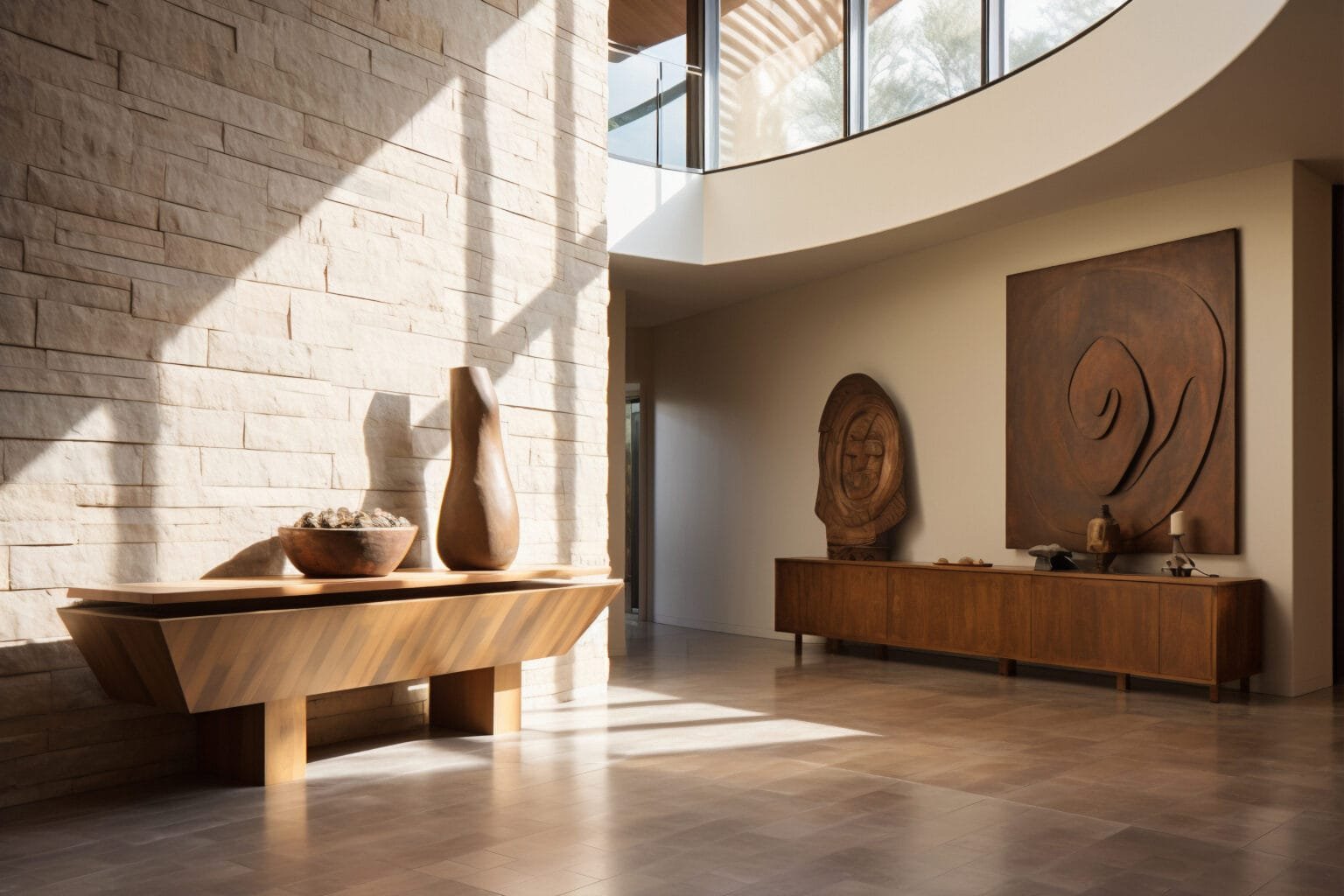When I first stepped into Mark and Dana’s 1960s ranch home just outside Sacramento, the charm was undeniable — oak beams, arched doorways, and yes, a whole lot of orange shag carpet.
“We want the classic look,” Dana said. “Parquet floors. Real wood. But we want to do it right.”
They had no idea what they were in for.
Parquet floors are beautiful — timeless, elegant, full of pattern and warmth. But installing them isn’t like snapping together some click-lock planks. You’ve got to respect the pattern, the prep, and the precision.
So here’s how we did it — step by step — and how you can, too.
🧰 Step 1: Understand What You’re Getting Into
Let’s start with the truth: parquet flooring is more intricate than traditional strip hardwood. The design (whether it’s herringbone, chevron, or basket weave) has to be perfectly aligned — or it looks off. And once it’s glued, you’re committed.
What to know upfront:
It takes more time
It requires more precision
You’ll need proper subfloor prep (no exceptions)
If you’re going for real hardwood parquet (not engineered or tile-look), be ready to work — or hire someone who knows how to.


🪵 Step 2: Choose the Right Type of Parquet Flooring
Mark and Dana chose a 3/4-inch solid oak herringbone parquet, unfinished, to be stained on-site.
Here are your main options:
Solid wood parquet tiles: The most classic, but labor-intensive.
Engineered parquet panels: Easier to install and more stable in changing humidity.
Prefinished parquet tiles: Quicker but less custom.
Parquet-look vinyl or laminate: Budget-friendly and DIY-friendly (but won’t add as much value).
Pro Tip: If you live in an area with seasonal humidity (like Northern California), engineered wood may help reduce gaps and movement over time.
🪚 Step 3: Prep the Subfloor Like a Pro
We ripped out the carpet and found a concrete slab underneath — not unusual for older homes in the region.
Here’s what we did:
Leveled the slab with a self-leveling compound
Applied a moisture barrier (absolutely essential with wood on concrete)
Let it cure fully before even thinking about flooring
A bad subfloor = a bad installation. No shortcuts here. Ever.



🧩 Step 4: Layout First — Measure Twice, Then Measure Again
Parquet patterns require serious planning. If your pattern starts even slightly off, you’ll see it across the entire room.
We did a full dry layout:
Snapped chalk lines to mark the exact center of the room
Laid a grid with spacers to visualize pattern flow
Started the pattern in the most visible part of the room — then worked outward
This step took almost a full day. Worth every second.
“It was like laying down a giant puzzle,” Dana said. “But way more nerve-racking.”
🧴 Step 5: Install with the Right Adhesive and Tools
We used a high-quality urethane wood flooring adhesive, troweled evenly. No shortcuts.
Installed one row at a time
Checked alignment constantly
Used a rubber mallet and tapping block to seat each tile
Cleaned up glue residue immediately (this stuff sets fast)
If you’re DIY-ing this, wear knee pads and pace yourself. This is not a rush job.
🎨 Step 6: Sand, Stain, and Seal
After 48 hours of curing, we rented a drum sander and gave the floor a clean, even surface. Then:
Vacuumed and tack-cloth wiped everything
Applied a custom stain blend (walnut with a hint of gray — stunning!)
Finished with three coats of water-based polyurethane for durability and low VOCs
Unfinished wood parquet gives you full control over the final look — but it takes time and patience.
Don’t wait!
Reach out to us today to schedule your consultation and discover how we can transform your floors into a stunning foundation for your home!
✅ Step 7: Final Details Make the Floor
Mark and Dana opted for:
Painted baseboards with shoe molding to hide any expansion gaps
Minimalist brass floor vents to complement their fixtures
Felt pads on every piece of furniture to protect the finish
And finally? A celebratory barefoot walk across the new floor with coffee mugs in hand. Because yes, it was that good.
🏡 Final Thought: Parquet Is Worth the Work
Parquet floors are more than just a pattern — they’re a statement. Done right, they add timeless beauty and value to any home. Done wrong, they’re a nightmare of gaps, warping, and crooked seams.
So here’s my advice: whether you’re hiring out or going the DIY route, respect the process. Plan well, prep thoroughly, and never rush the details.
And when you do? You get the kind of floor that makes people stop and stare.
📣 Thinking About Parquet Floors?
They’re not the easiest — but they might just be the best. With the right materials, layout, and craftsmanship, parquet flooring can elevate your home like nothing else.
